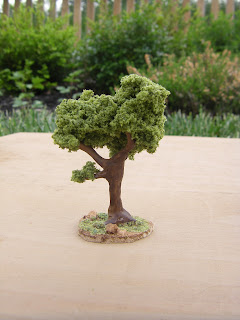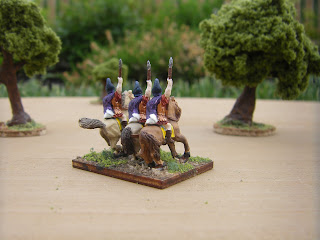I'm finishing up bases for additional Psiloi and two Artillery elements for my Hellenistic Morph collection. When complete, I will have enough elements to field two complete Hellenistic Armies from a list of 38 possibilities, including the Macedonians, Successors, and Hellenistic Greeks. I will use my Spartan Army initially for Hellenistic Greeks that require more than two Spear; I plan to paint up additional Hoplites later.
 |
| Greek and Roman Busts Photo from my recent visit to the National Archaelogical Museum, Naples, Italy |
- 12 Psiloi
- 4 Auxilia
- 2 Spear
- 6 Pike
- 2 Knight
- 3 Cavalry
- 2 Light Horse
- Alexandrian Macedonian (II/12)
- Alketas (II/16c)
- Pyrrhic (II/27a)
- Eight Hellenistic Greeks (using Spartan elements at times) (II/31b,c,d,e, g,h,i,j)
- Later Macedonians (II/35b)
Once the Elephants are ready, I will be able to field 13 additional Armies.
In the meantime, I will paint up additional Auxilia. Four more Auxilia bases will yield four more Armies, a good return on investment!
When I posted photos of the Hellenistic elements recently, the posting resulted in a fruitful discussion in the Yahoo DBA Group on washes. I only used a light ink wash; many viewers recommended a darker wash to bring out a better contrast. I experimented with different washe techniques on eight Psiloi elements. I'll posted comparative photos in a future post, once the basing work is completed.





















